Tour to Nagar Kasba and Beyond
Visits to historical sites, where many untold tales and unresolved puzzles are engulfed, are one of the best ways to know about history. Keeping this in mind, an event was held to visit the old Bikrampur, a realm of heritage sites that served as the old capital of ancient Bengal, as a joint initiative of UAP History and Heritage Club and UAP Photography Club. The event took place on March 17, 2023 (Friday). On that day, 49 enthusiastic students from different departments and 4 teachers, Takad Ahmed Chowdhury, Associate Professor of the Department of English and Director of Directorate of Students' Welfare (DSW), S.M Ehsan Ul Haque Shwapnil, Lecturer of the Department of Architecture and Advisor of UAP Photography Club, Wahid Kaiser, Lecturer of the Department of English and Advisor of UAP History and Heritage Club, Tasmiah Aktar, Lecturer of the Department of English and Advisor of UAP Drama Club, gathered early in the morning in the university premise as they set out on their journey at 7:15 am.
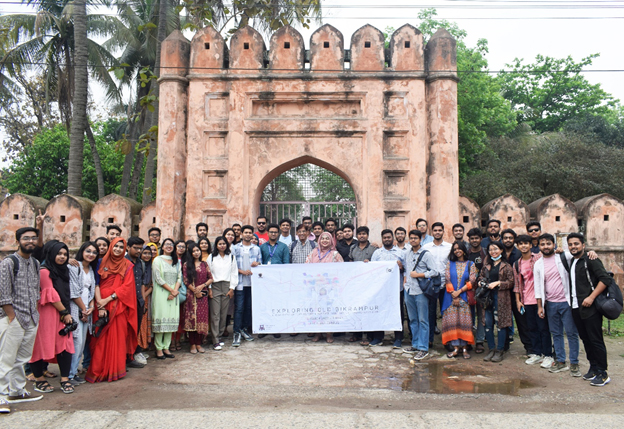
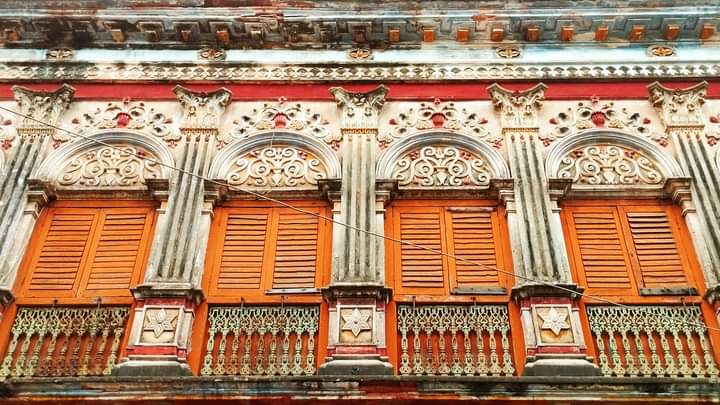
Their first stop was Idrakpur Fort in Munshiganj, a stunning historical site that captured the attention of everyone on the photo walk. The fort was built approximately in 1660 A.D. According to a number of historians, the river fort was built by Mir Jumla II, a Subahdar of Bengal under the Mughal Empire, to establish the control of Mughal Empire in Munsiganj, and to defend Dhaka and Narayanganj from the pirates. The group spent around 20 minutes exploring the fort and capturing some amazing photographs.
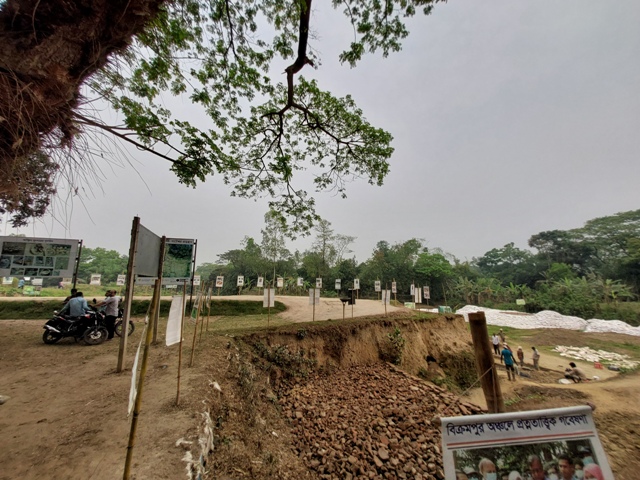
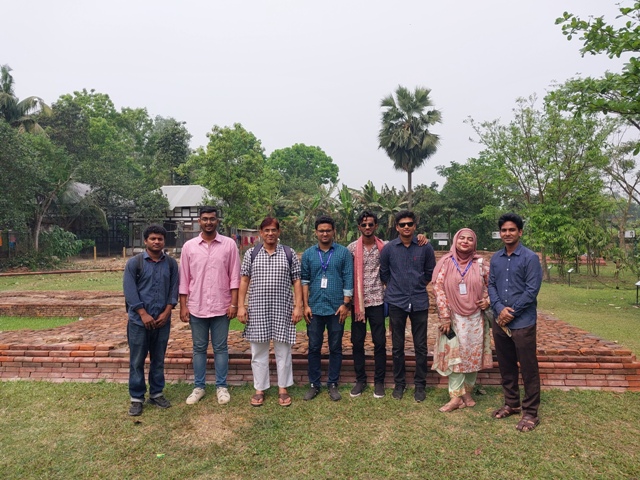
From there, they moved on to Nateshwar Temple and Stupa, Hatimara, Nateshwar Road, another unique and fascinating location. It is the ruin of a Buddhist city established from 780 to 950 CE and from 950 to 1223 CE in the Bikrampur region. The temple, situated in Munshiganj, was a different kind of experience, and the group was thrilled to explore and take photographs of this special place.
After that, the group continued on to Bikrampur Buddha Vihar in Raghurampur. This is one of the thirty viharas built by Emperor Dharmapala during his regime c. 820 as the second emperor of the Pala Empire. It is connected to Atiśa, an important figure in Tibetan Buddhism. During the time of Atiśa, this region was the center of Buddhist education and some 8,000 students and professors came to study at Bikrampur from as far as China, Tibet, Nepal and Thailand. Here, the students were introduced to some new trees and the vihar, which provided some great photo opportunities.
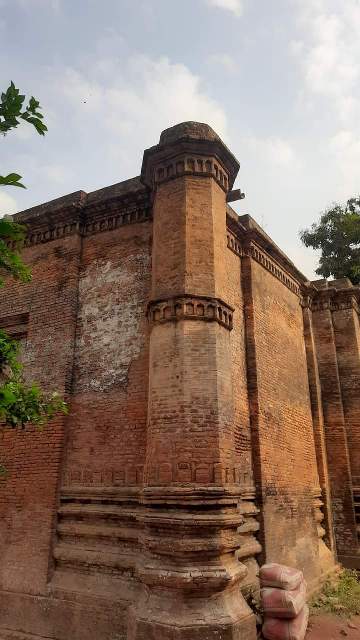
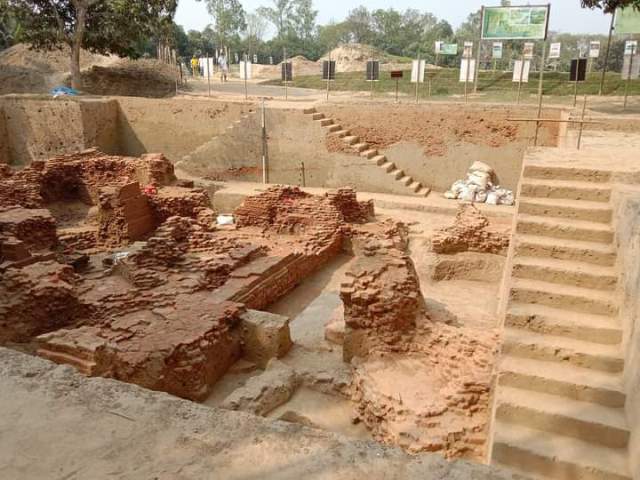
After a short recess and a break for Jumma Namaz and lunch, the group headed to Baba Adam Mosque, another architectural wonder. It was constructed in 1483 A.D by Malik Kafur to function as a Jami mosque during the reign of Jalaluddin Fateh Shah. The tomb of Baba Adam Shahid, a 15th-century Muslim preacher, lies near the edifice. The mosque was stunning in its own unique way, and the group was thrilled to explore and capture its beauty.
Finally, the group headed to the Kasba town, where they explored the different buildings and learned about the history and heritage of each one. Kasba was an administrative unit of the Sultani rulers (1342-1576). So far 37 Kasbas could be traced in the region of Bangladesh, most of which had been within or near about the present district towns. While most of the Kasbas lost their former importance during the Mughal period, Munshiganj, or Bikrampur, as it was known earlier, flourished as an important district through a rich combination of education, economy, literary & cultural pursuits. Therefore, the Nagar Kasba of Munshiganj stood with its importance through the course of time. It is believed that during the British rule, especially during the latter part of the 19th century, Nagar Kasba was rebuilt as a residential area of wealthy predominantly Hindu business people, who mostly traded through the river port of Mirkadim.
Even in its latest hay days in the later part of the 19th century, Nagar Kasba was a row of magnificent houses, mostly of two floors, though not too large, but built in British colonial styles. The intricate designs and motifs that remain on the walls and pillars are testament to the wealth and taste of the owners. Unfortunately, almost all are now in ruins, where some have even been demolished by present day owners. In this complex of many buildings we can detect several names of businessman who built those in different period of time in 19th Century. The buildings were uniquely designed and each had its own story to tell.
The photo-walk came to an end at 6:00 pm, and the bus carrying students and faculties reached Dhaka safely at 9: 30 pm. It was an unforgettable journey for everyone as the photo-walk covered monuments from Pala, Sultani, Mughal and British period.
